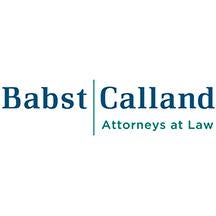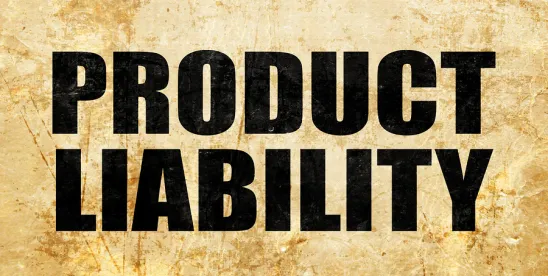Last week, the Supreme Court of Appeals of West Virginia addressed two long-standing issues under West Virginia products liability law: (1) must a plaintiff asserting a strict liability design-defect claim prove the existence of an alternative, feasible design, and, (2) if so, must the alternative, feasible design eliminate the risk of the specific injury suffered by the plaintiff?
The questions arose in Shears v. Ethicon, Inc. et al., No. 23-192 (W. Va. June 11, 2024), one of numerous cases involving allegedly defective transvaginal mesh consolidated in multi-district litigation pending in the United States District Court for the Southern District of West Virginia (the “MDL Court”). In rejecting the manufacturer’s objection to consolidation, the MDL Court commented in a 2015 ruling that “there is no West Virginia authority requiring plaintiffs to prove, as part of their prima facie case, that the proposed safer alternative design would have reduced an individual plaintiff’s specific injuries.” Id. at *3 (citation omitted).
In 2016, however, the Supreme Court of Appeals published West Virginia Pattern Jury Instructions for Civil Cases under the leadership of then-Justice Menis E. Ketchum. Pattern Jury Instruction (PJI) § 411 stated: “There are many designs which, although they may eliminate a particular risk, are not practicable to produce. To prove that a design is defective, [name of plaintiff] must prove that there was an alternative, feasible design that eliminated the risk that injured [him/her].” Id. at *4 (citation omitted; brackets and italics in original). Citing PJI § 411, the MDL Court reconsidered its 2015 ruling and held in a 2016 ruling that West Virginia law requires a plaintiff in a strict liability design-defect case to “prove that there was an alternative, feasible design—existing at the time of the product’s manufacture—that would have eliminated the risk that injured the plaintiff.” Id. (citation omitted; emphasis in original).
In 2020, the MDL Court transferred the Shears case for trial to the United States District Court for the Northern District of West Virginia (the “Trial Court”). Then, in a 2022 ruling, the Trial Court relied on the MDL Court’s 2016 ruling and PJI § 411 to exclude the plaintiffs’ design and materials expert because he opined only that there were “safer alternative” materials with which a mesh could have been manufactured, not materials that would “eliminate” the risk of the specific injuries at issue. The Shears case then went to trial with the plaintiffs relying on malfunction and negligence theories of liability, which were resolved by judgment as a matter of law in favor of the defendant for the malfunction claim, and a jury verdict for the defendant on the negligence claim.
The plaintiffs appealed to the Fourth Circuit and, among other things, challenged the MDL Court’s 2016 ruling and the Trial Court’s 2022 exclusion ruling. Following oral argument, the Fourth Circuit sua sponte certified three questions to the Supreme Court of Appeals: (1) is PJI § 411 an accurate statement of West Virginia law?; (2) must a design-defect plaintiff prove the existence of an alternative, feasible product design existing at the time of the subject product’s manufacture; and (3) if the answer to the second question was in the affirmative, must the alternative, reasonable product design eliminate the risk of the harm suffered by the plaintiff?
In an opinion authored by Justice Haley Bunn, the Supreme Court of Appeals reviewed West Virginia design-defect jurisprudence and determined that PJI § 411 is not an accurate statement of West Virginia law. While the Court affirmed that, under West Virginia law, a plaintiff in a strict liability design defect case must prove the existence of an alternative, feasible product design existing at the time of the subject product’s manufacture, it rejected the requirement in PJI § 411 that the alternative design must “eliminate” the specific risk of harm suffered by the plaintiff. Rather, after reviewing its prior cases, the Court held that a plaintiff must instead meet an intermediate standard under which they show that “an alternative, feasible design existing at the time the subject product was made would have substantially reduced the risk of the specific injury suffered by the plaintiff.” Syl. Pt. 5, in part, id. (emphasis added).
The Supreme Court of Appeals’ decision in Shears expressly rejected the definition of a design defect contained in the Restatement (Third) of Torts: Prod. Liab. § 2 (Am. L. Inst. 1998), which had been recently adopted by the Intermediate Court of Appeals of West Virginia in Ford Motor Co. v. Tyler, 249 W. Va. 471, 896 S.E.2d 444 (W. Va. Ct. App. 2023). Note only does this decision represent a resounding win for manufacturers, suppliers, and retailers of products, but product liability defendants in West Virginia cases should take careful note of this decision going forward in developing a record at the trial court level to better position strict liability design defect claims for summary judgment.





 />i
/>i

